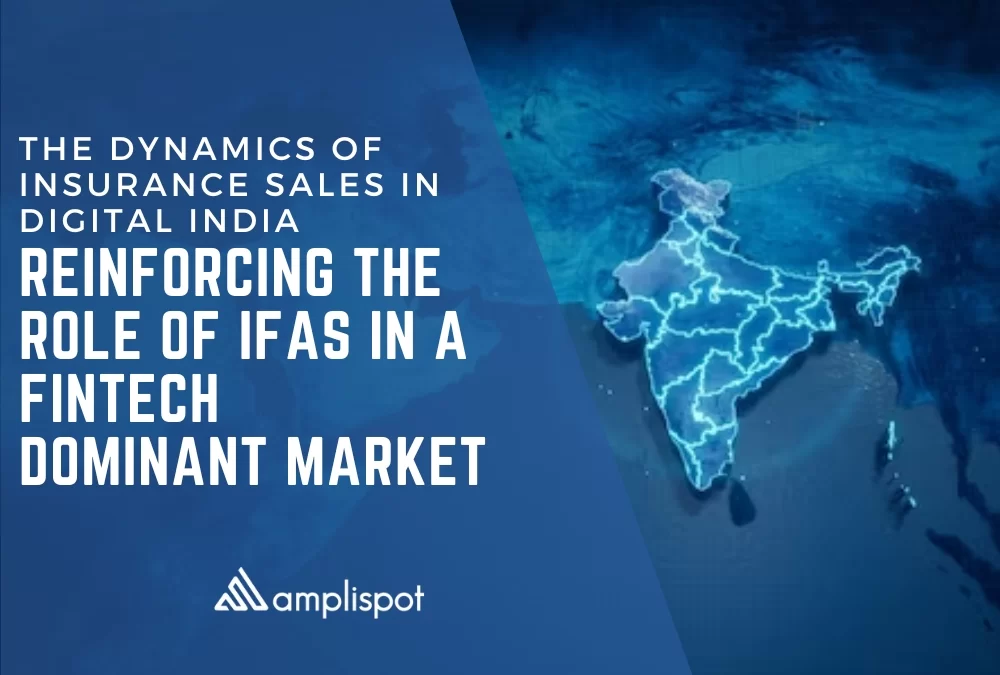In the rapidly digitizing landscape of India's financial sector, the role and relevance of Independent Financial Advisors (IFAs) demand a closer examination. Despite the surge in FinTech innovations, specific statistics underline the need to reinforce traditional models alongside new digital channels, particularly in insurance sales.
Tackling Low Insurance Penetration with Data-Driven Strategies
India's insurance penetration in 2022 was 4%, well below the global average of 7.23%. This highlights untapped market potential, urging the integration of FinTech outreach with the trusted and personalized services of IFAs.
Capitalizing on India's Demographic Dividend
India's demographic dividend, with over 65% of its population under 35, presents a unique opportunity for the insurance sector. The World Bank data suggests that India's working-age population will increase over the next decade, offering a prime market for financial products. However, post-2040, demographic trends indicate a shift towards an aging population, potentially impacting economic growth and changing financial needs.
Balancing Digital Innovations and Proven Models
In the face of these demographic shifts, balancing digital innovations with proven models is crucial. For instance, while online platforms are gaining traction, IRDAI reports suggest that traditional channels contribute significantly to policy distribution. This underscores the importance of IFAs, who can provide personalized guidance and trust that digital platforms may only partially replicate.
The Imperative of Last-Mile Human Interaction
While India boasts the second-largest internet user base globally, with over 900 million users, the role of human interaction in financial advising cannot be understated. IFAs are crucial in demystifying insurance products, especially in rural and semi-urban areas where digital literacy is still evolving.
The Role of IFAs in Financial Literacy and Inclusion
In a country where approximately 190 million adults still do not have a bank account, according to the Global Findex Database, IFAs can play a crucial role in driving financial literacy and inclusion. They can act as catalysts in educating the population about the importance of insurance and investment in financial planning.
Investment in Digital Tools for IFAs
Investing in digital tools for IFAs is not just a trend but a necessity. A KPMG report suggests that technology adoption among IFAs can lead to a 50-70% increase in productivity. Financial brands can enhance their effectiveness while maintaining personal connections by equipping IFAs with digital platforms for customer management and analytics.
Harnessing a Hybrid Model for Robust Growth
In conclusion, the statistics and trends paint a clear picture: India's insurance sector needs a hybrid model that combines the technological prowess of FinTech with the personalized approach of IFAs. Such a model is beneficial and essential for capturing India's diverse and evolving financial landscape. Integrating IFAs into this journey will ensure comprehensive economic growth and inclusion as the country navigates its digital future.





































